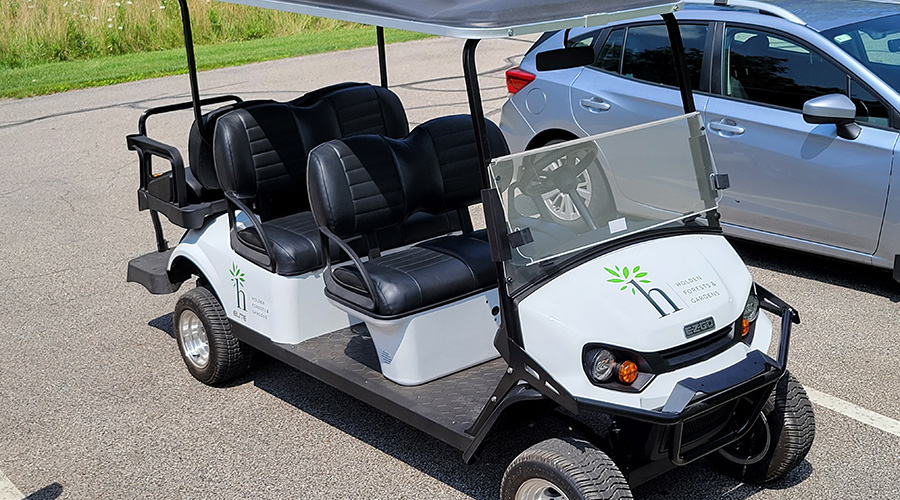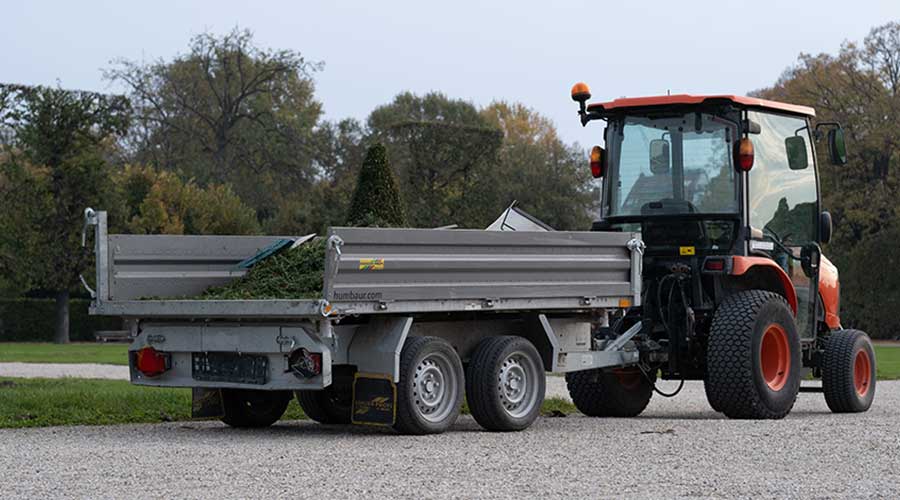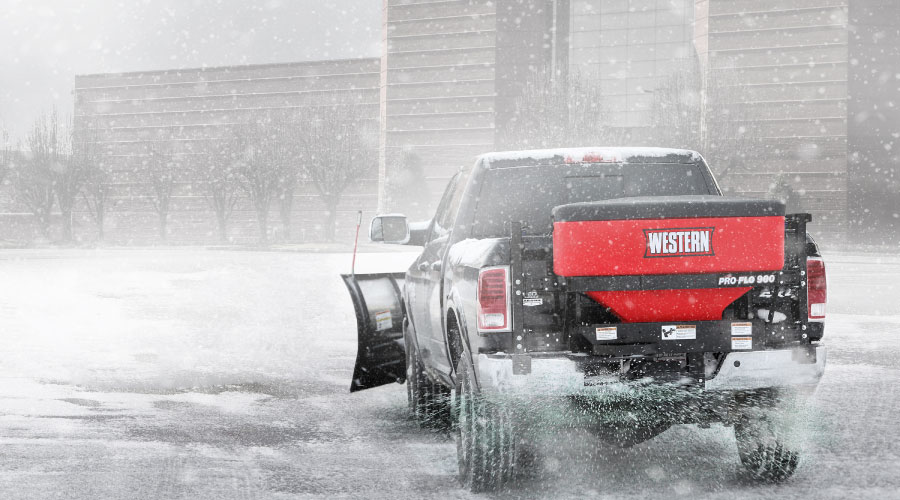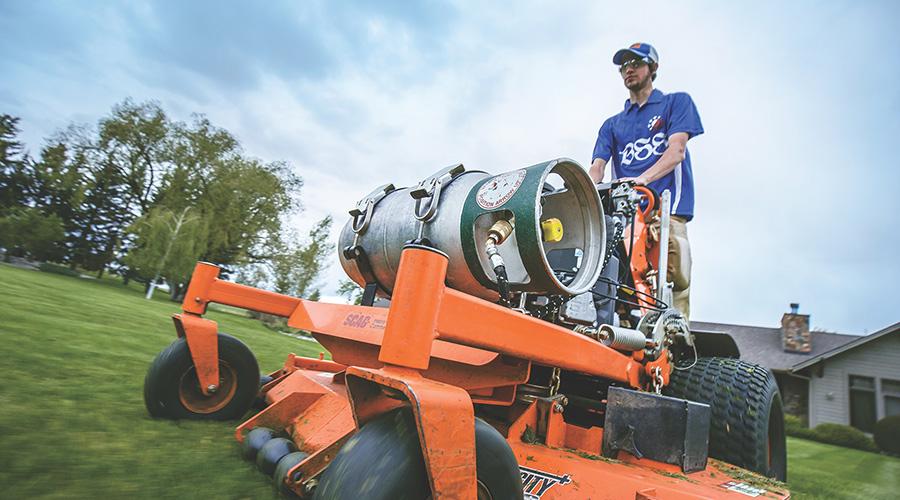Utility Vehicles: Assess Payload, Towing Capacity
The unique nature of landscape management means grounds managers must approach the safe deployment and use of equipment, including utility vehicles, differently than a manager in facilities where workers remain in one location or general area. The landscape workforce carries out its duties outdoors, maintaining hundreds or even thousands of acres.
Clearly, people drive these operations, but they could not meet the landscape's requirements without essential equipment, such as utility vehicles. Whether the setting is a hospital campus, school grounds, a hotel, or a retail center, landscape crews often rely on heavy-duty utility vehicles to haul workers and materials for the project or task.
Focus on Accessories
Determining the most important features and functions on heavy-duty utility vehicles can help managers streamline the specification process. It is difficult to determine from just a specification sheet the vehicle that will work best in a particular application.
But sorting through specifications allows managers to find vehicles with the capability to haul heavier loads, so they must pay close attention to payload and towing capacity. Also, understanding worker needs for specific accessories, such as blades and trailers, helps narrow the list.
Once managers have determined potential options, the best approach is to speak with those who have used the vehicles managers are considering. The next important step is to visit a dealer to learn more about the vehicle's characteristics. Finally, driving the vehicle and understanding the way workers will use it is key to finding the right equipment.
Proven strategies for finding the vehicle that best fits a department's needs include test-driving the vehicle, talking with people who have used it, and obtaining the best information available from the dealer. Managers also can ask about a demonstration model from a dealer before making any decision, or they can rent a vehicle to better understand the way it operates.
Related Topics:















